Salesforce Implementation Services: Know-How about Planning
- By Admin
- 03 Feb , 2021
- Salesforce
When you get salesforce implementation services, the first thing on which service providers work is planning. The sequence of steps used in a salesforce implementation plan may vary depending upon the scope of the project.
But, typically, planning includes the following phases.
Salesforce consulting services are provided at the first stage. At this stage, salesforce consultants follow the steps below:
- They analyze your business needs to address them with salesforce functionality.
- The implementation strategy is selected, which supports existing business procedures.
- The business process is tailored wherever required.
- The consultants may also advise the better approach to implementation.
Data Transfer
Transferring data from former CRM or other systems is the next step.
- Measures for ensuring data quality are taken in order to import data to a new Salesforce solution securely.
- Data cleansing by checking data for completeness & accuracy; introducing duplication rules for various salesforce objects; mapping conforming data objects and fields in salesforce, and automating data with special tools may be included in this.
Salesforce Integration Services and Customization
The salesforce integration services, customization, and custom app development can be the next step.
- Point-and-click tools may be used to customize a new solution.
- The experts may perform code-based customization for deep tuning of the platform.
- Everything at once may be customized and custom reports.
- Automated batch processing, calculators, branded custom UI, and everything needed for the business needs may be introduced.
Testing
After customizations, the testing is performed.
- Engineers test if the salesforce-based solution functions without fault.
- They check whether it stays fully compliant with your needs
Deployment
For making the users acquaint with the solution’s functionality, it is migrated to the User Acceptance Testing (UAT) environment.
- If it is confirmed by the users (who are your employees) that the salesforce solution works in accordance with stated requirements, the project is accepted.
- Thereafter, the solution is rolled out for production where its capabilities can be used in full by the users.
User Training
User training is the next step of the salesforce implementation planning.
- It helps the users to learn how to apply it for supporting their marketing, sales, and customer service effort to increase overall productivity.
- It also helps the users to adopt the new solution.
After-Launch Support
The salesforce service providers offer after-launch support during 1-3 months of working with the new solution.
- The support type may contain bugs and performance issues.
- Additional tuning of salesforce procedures for complying with emerging user needs may also be part of the support.






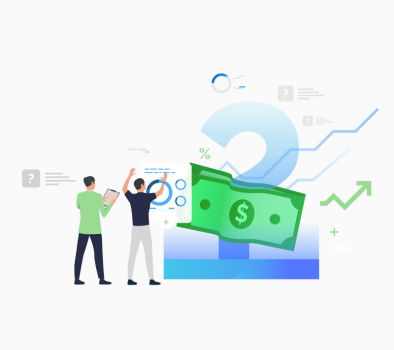
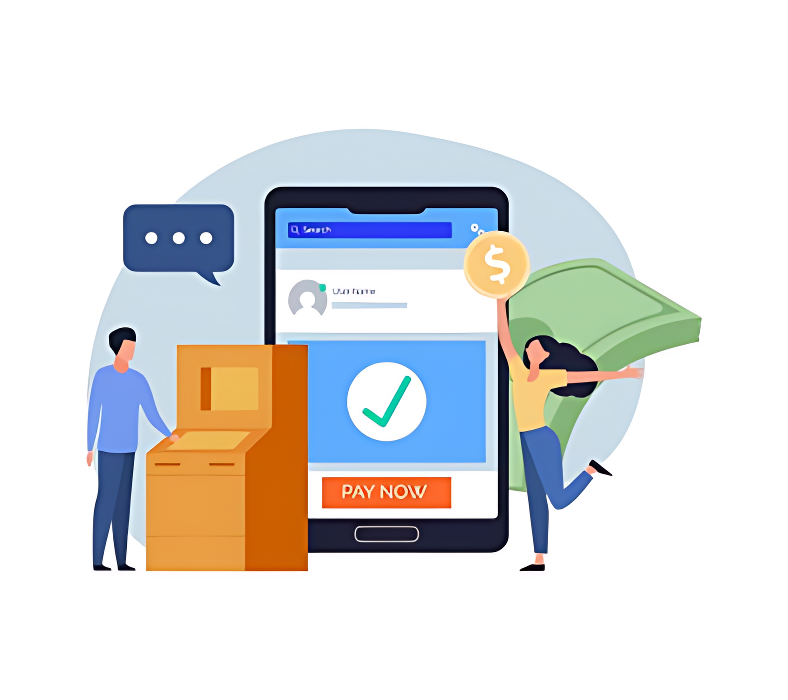

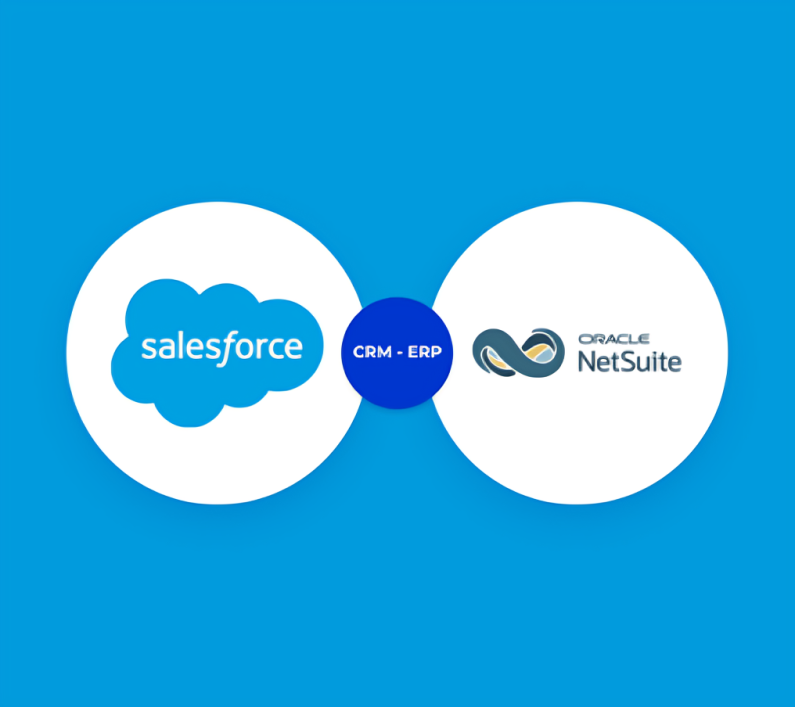
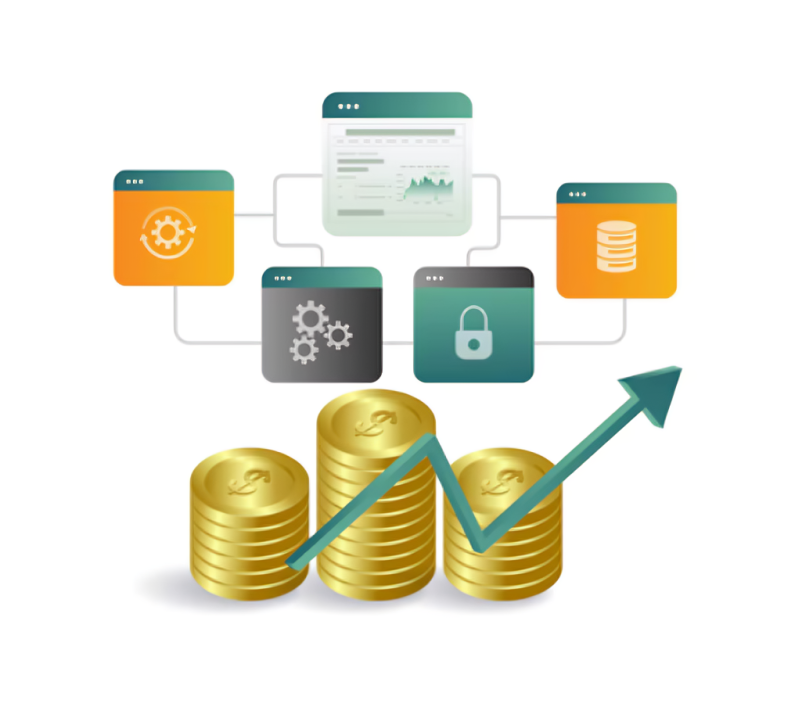






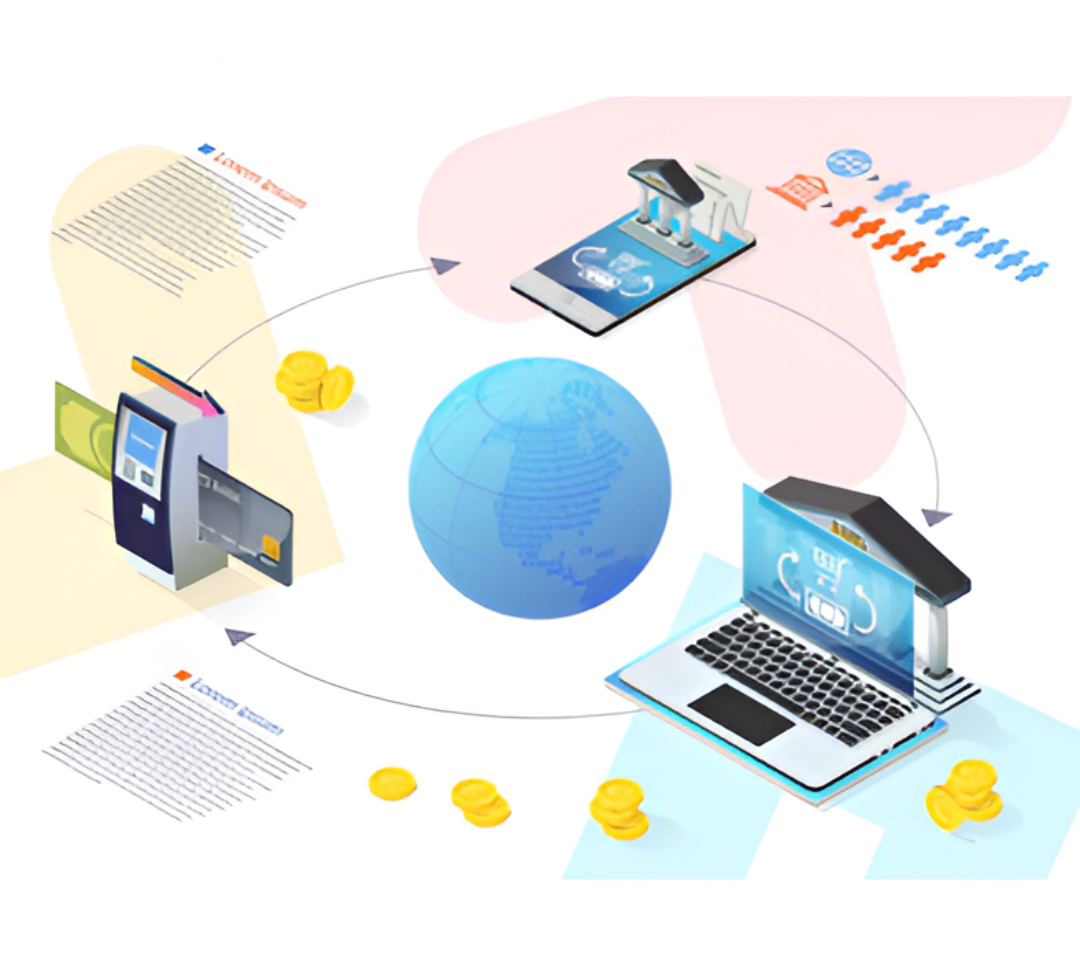
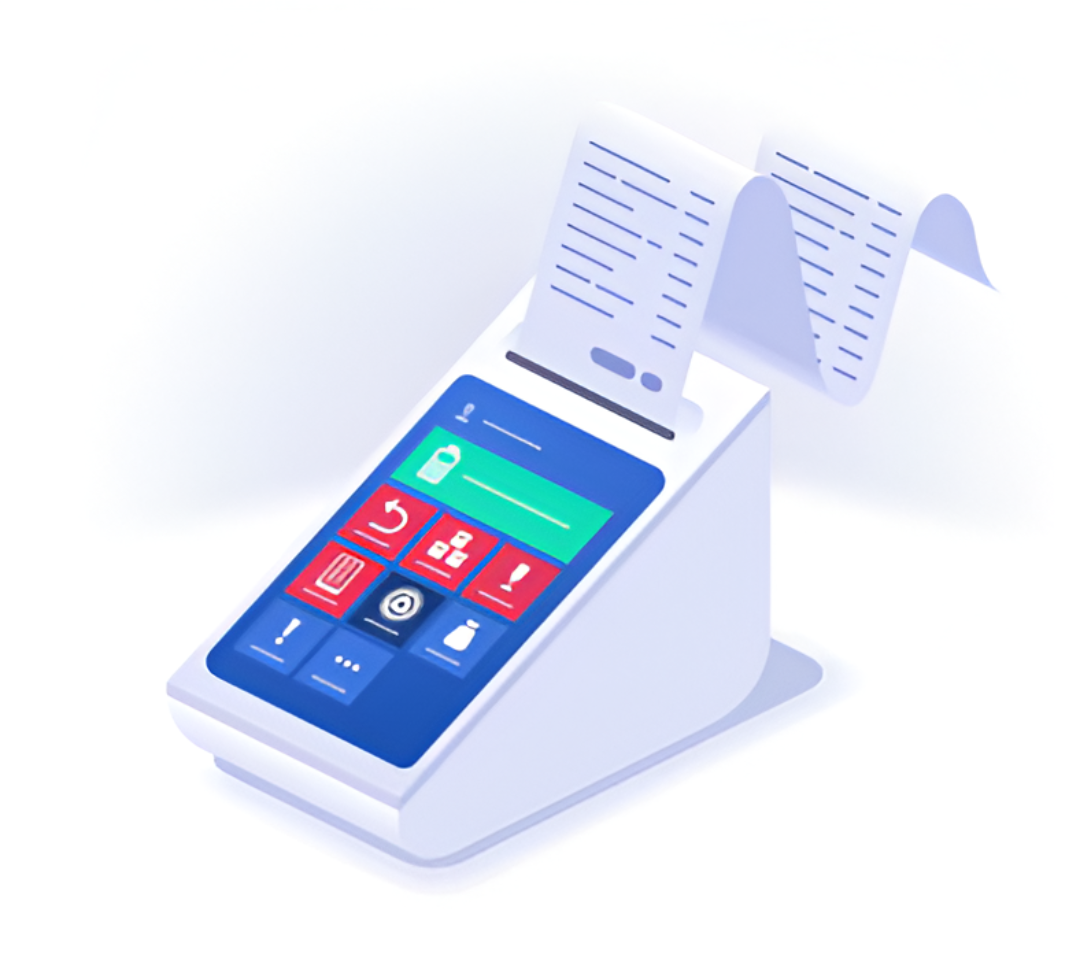
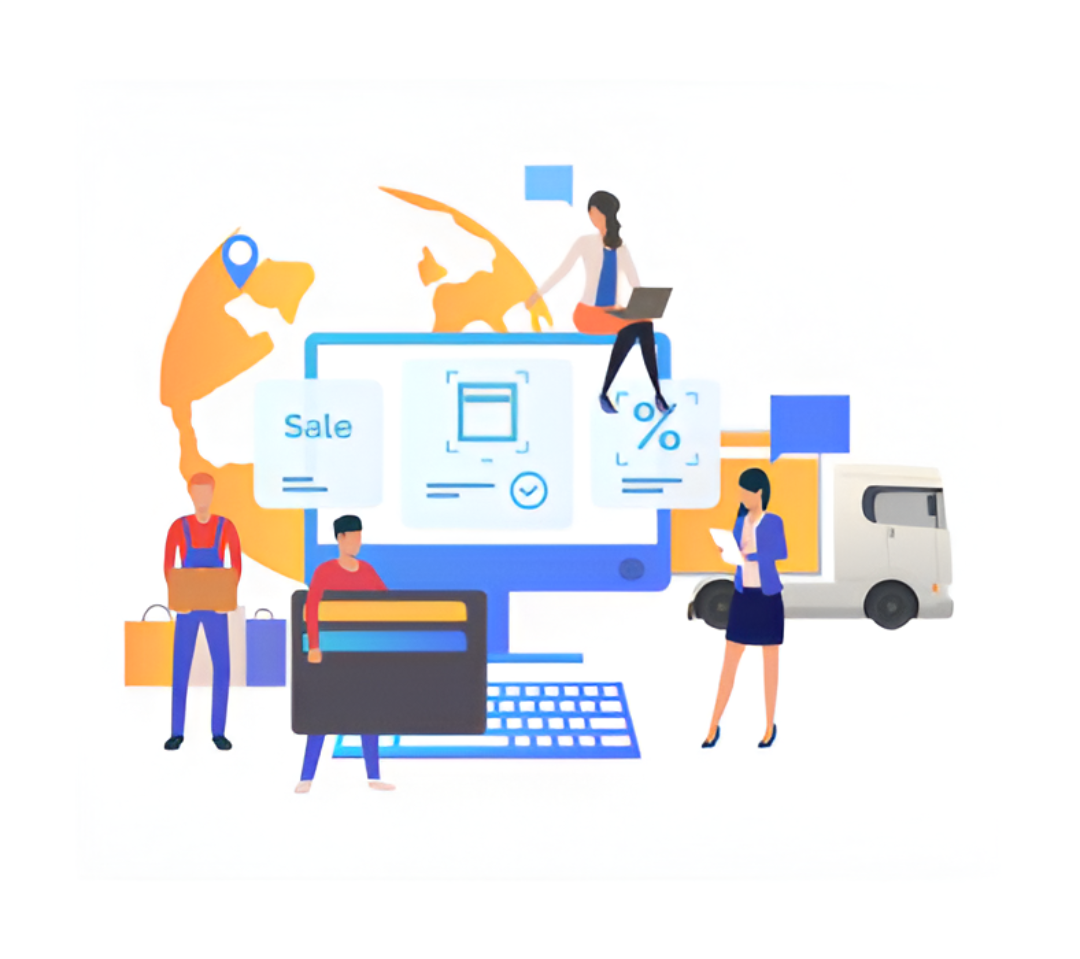
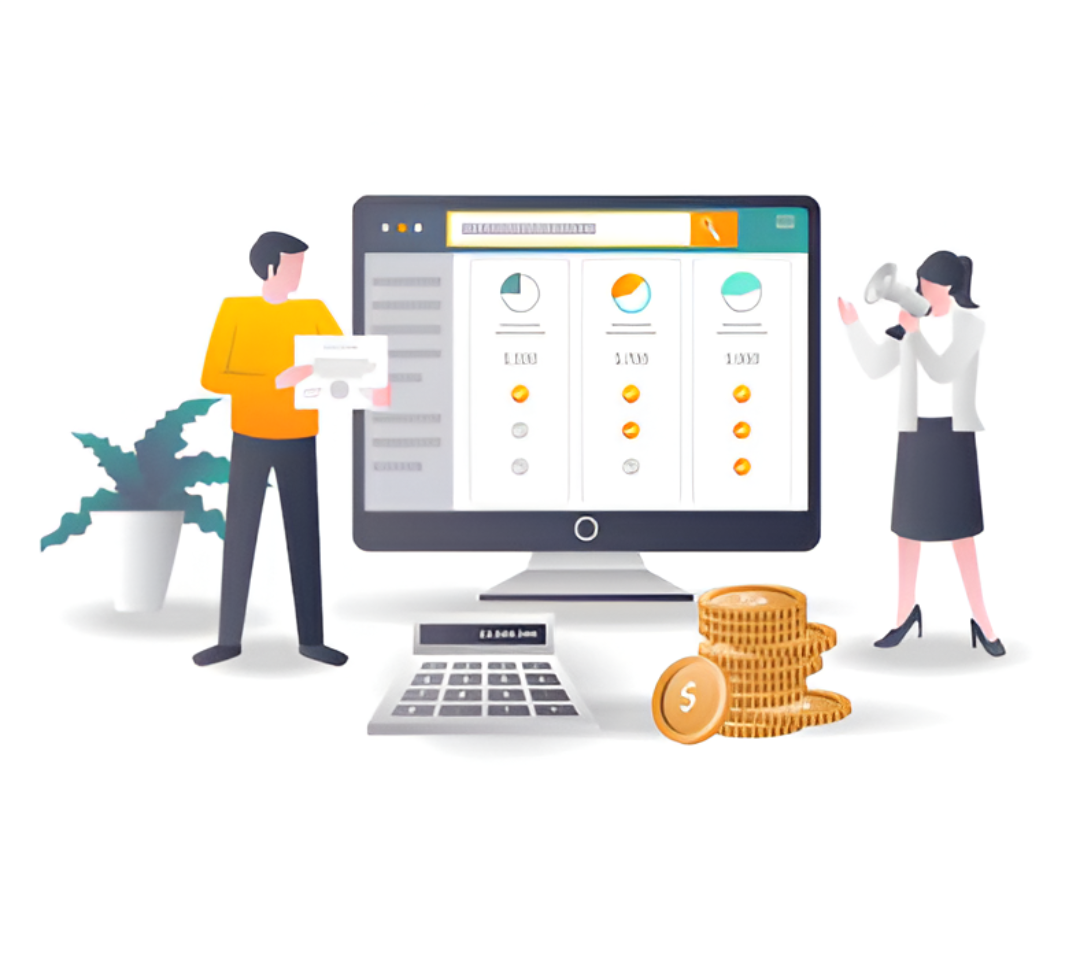





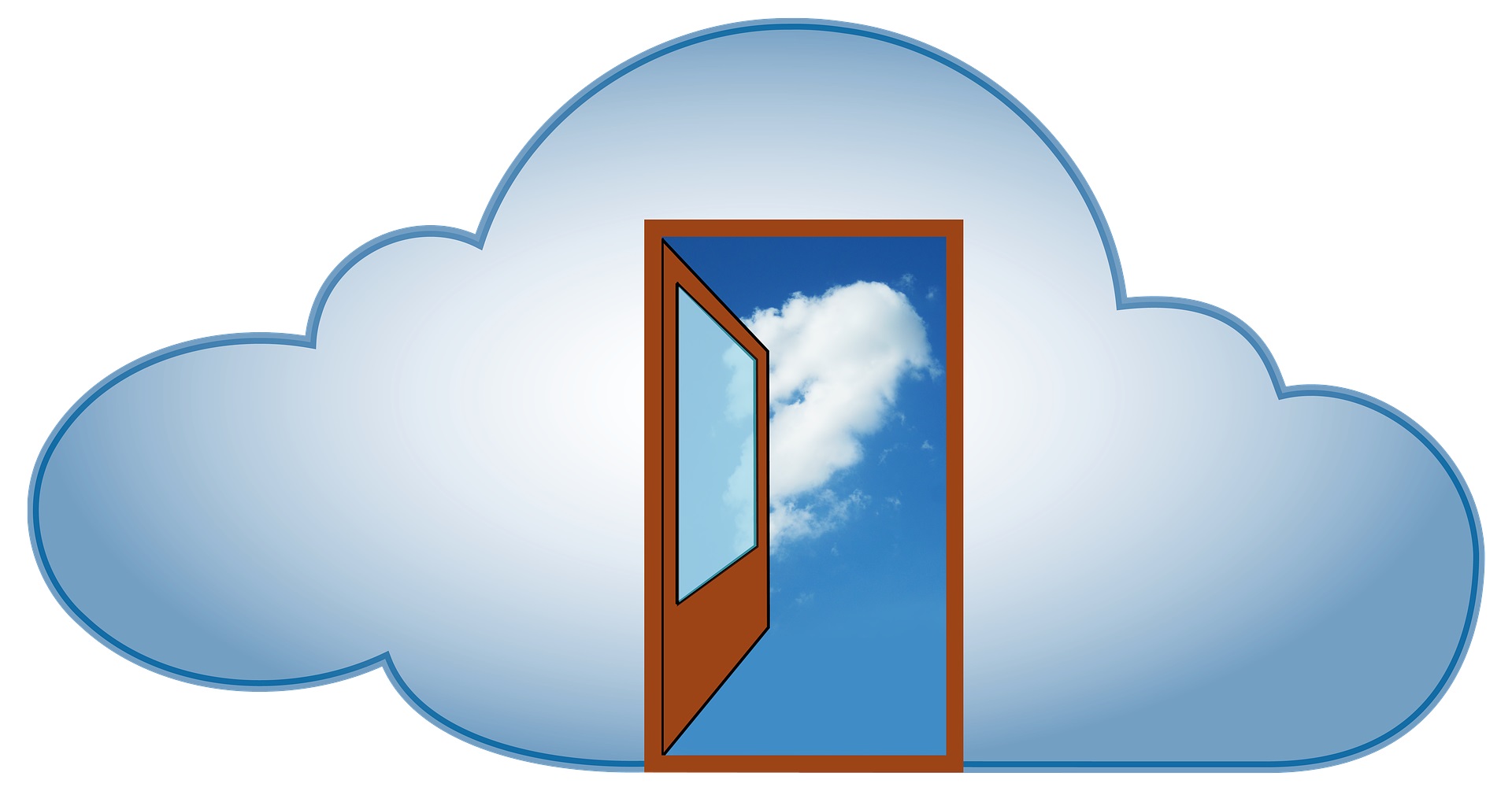
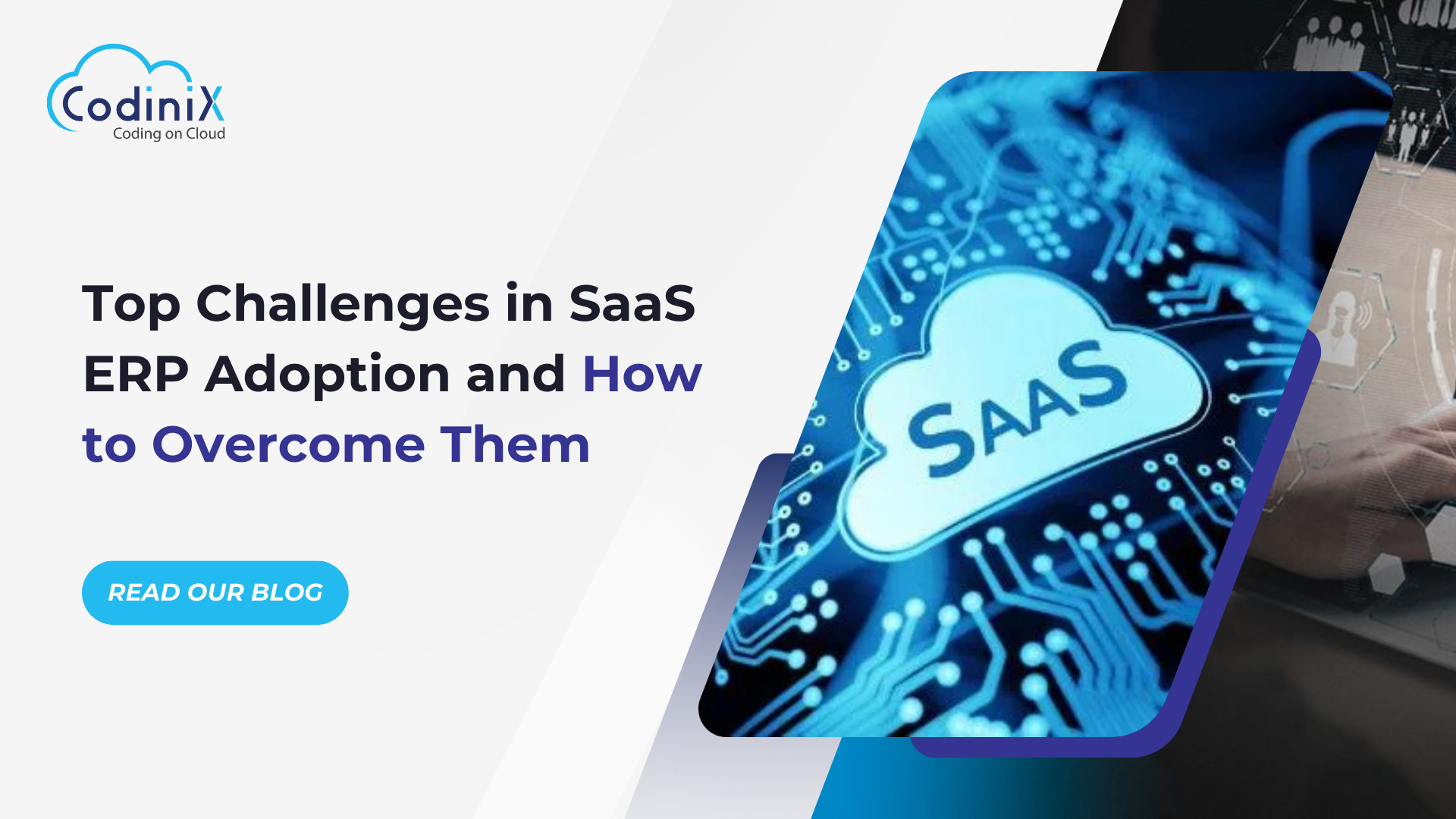

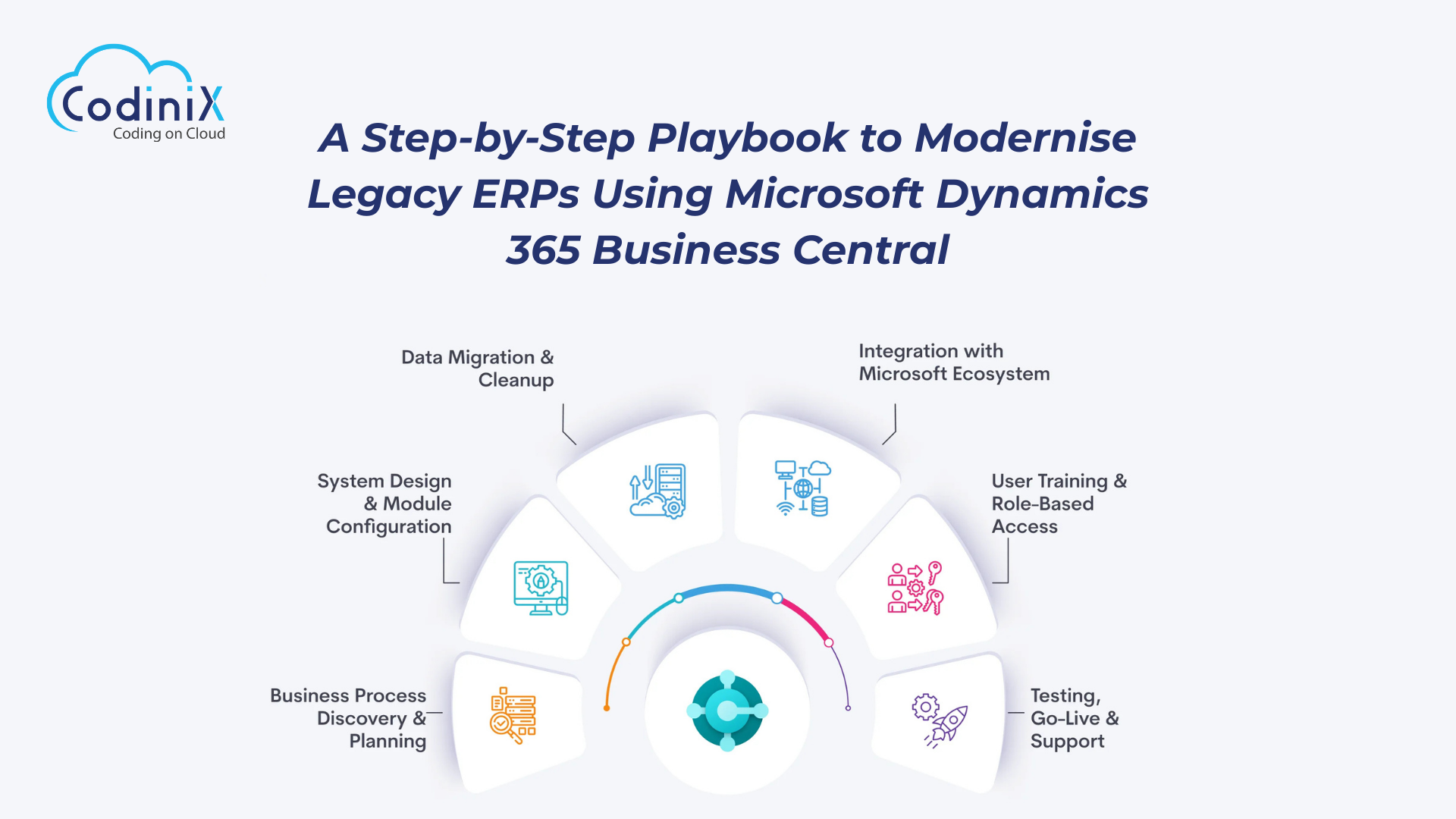
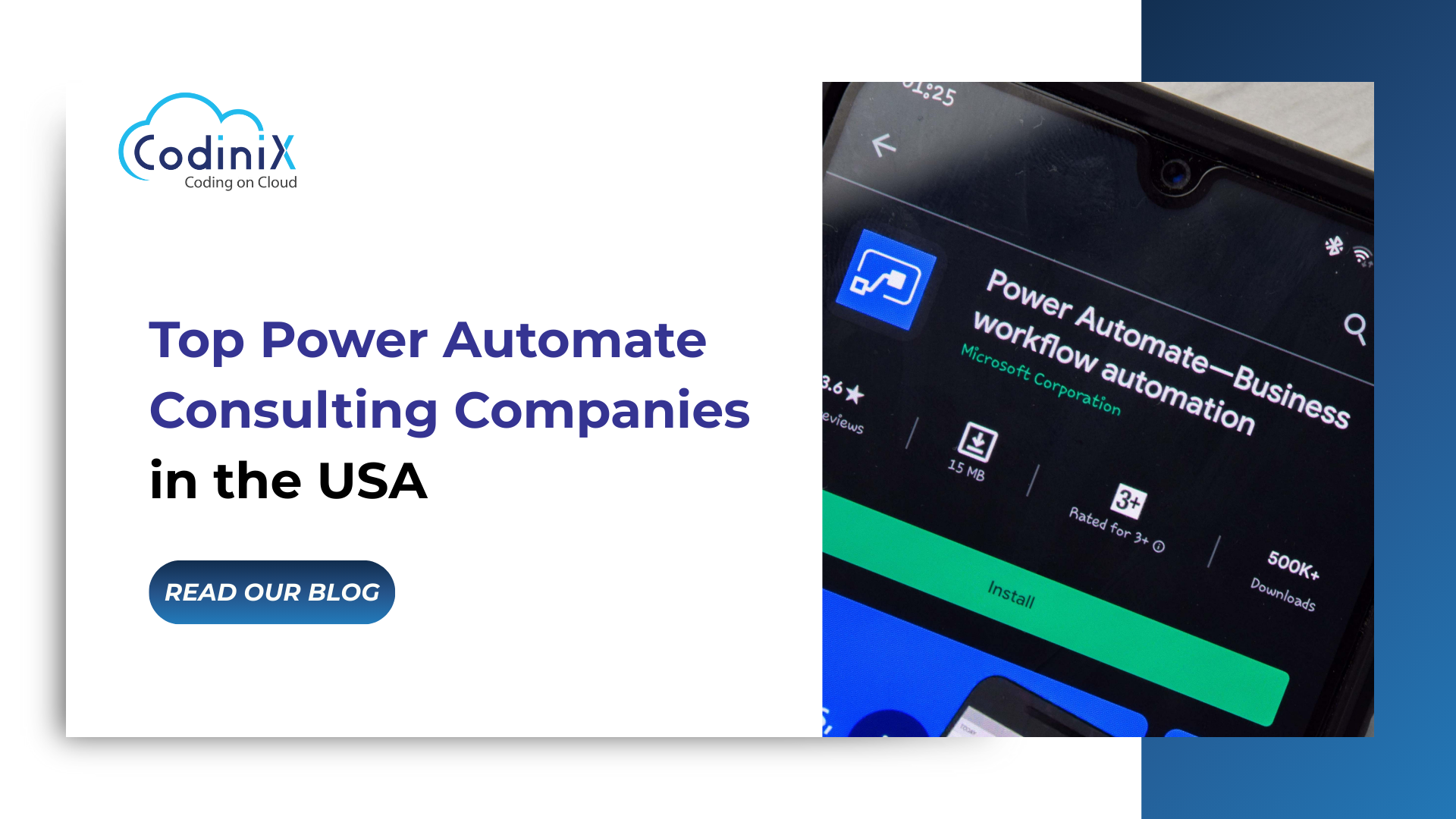
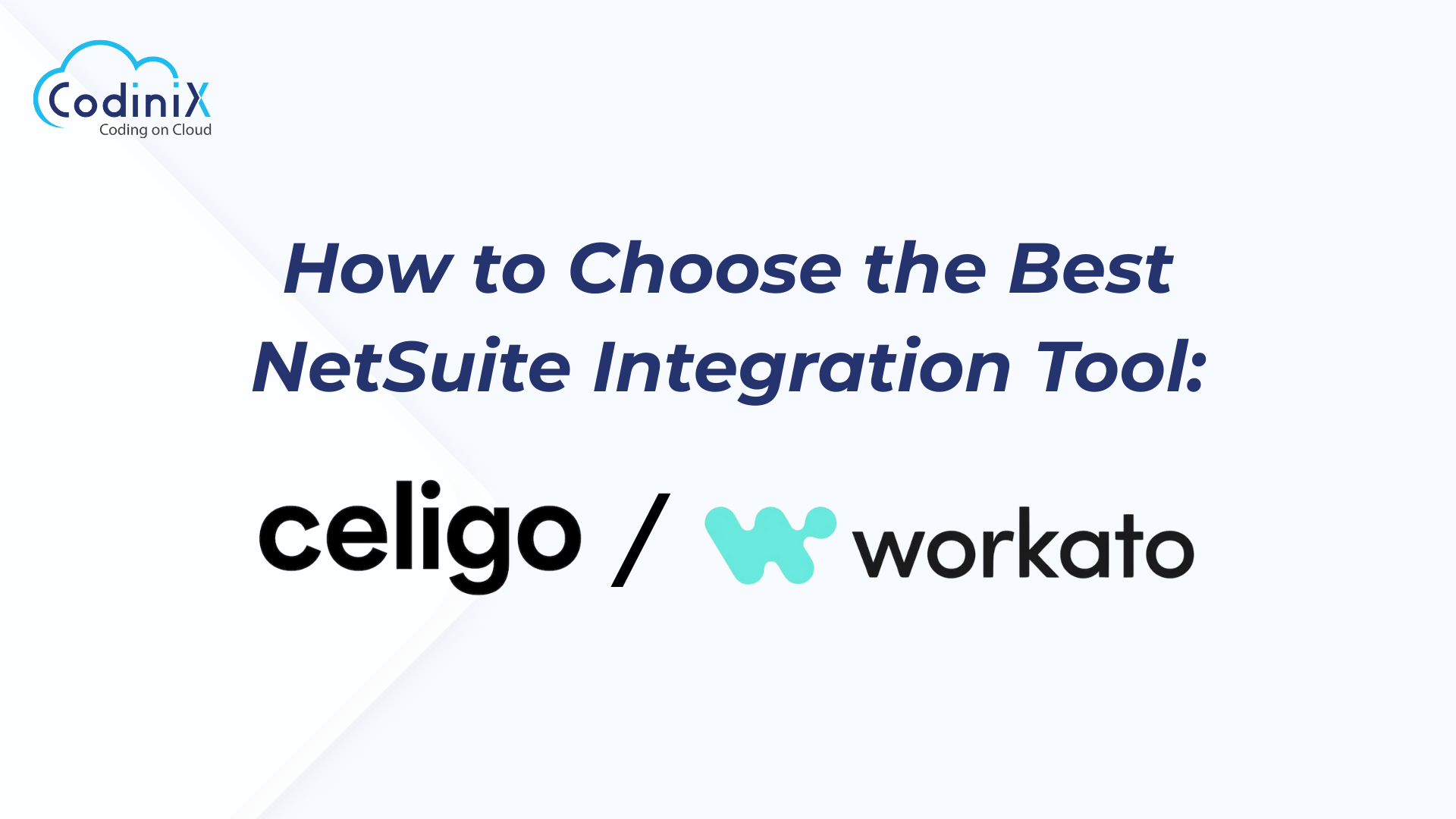
Leave Your Thoughts!!